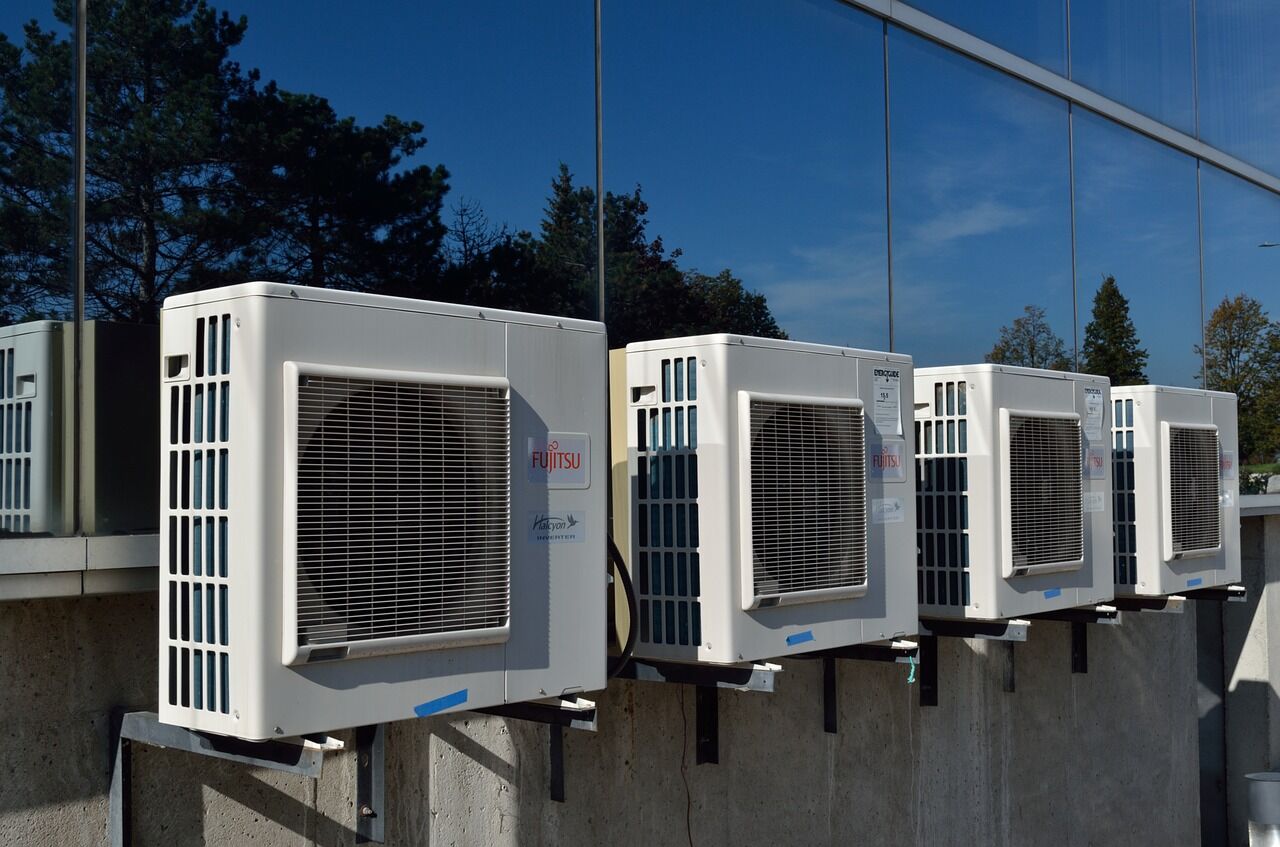I have been collecting bamboo for a new dome at the land, and hand cutting it was SLOW. Because of the effort I decided to try my weed-eater with the blade attachment with the blade pictured to the left. This was found to be the easiest way to cut bamboo that I know. I haven’t […]
Category: How To (How I Did)
You could call this a How To – but people often tell me I did it wrong – now to be fair you can’t really tell me I can’t do it that way, when the video shows I actually DID do it that way – so to cool down the hateraide – lets just call this HOW I DID
How to Make a Foam Gun (Blooper Reel Playing with the Foam)
I have been researching cement options for my new bamboo dome. I wanted something lightweight to cover it, and having something cheap would also help. Aircrete is easy to search for online. Basically it is a mix using a small amount of cement slurry mixed with a very thick soap foam. Aircrete has been […]
How to Harvest Bamboo for a Potential Dome
I have long been interested in geodesic domes and owner built homes – read “I don’t have a lot of money but I have lots of ideas”. For the last couple years I have been looking for bamboo groves to try to build with. I even tried buying seed (but as of now none […]
HVAC Failure: Smells and Sounds to Watch out for
HVAC failure is not only annoying because you lose your climate-controlled environment but it can also be costly to fix or replace the system. It’s a good idea to know the warning signs so you don’t lose money by not getting the repairs done. Grinding Sound A grinding sound is never good when it comes […]





